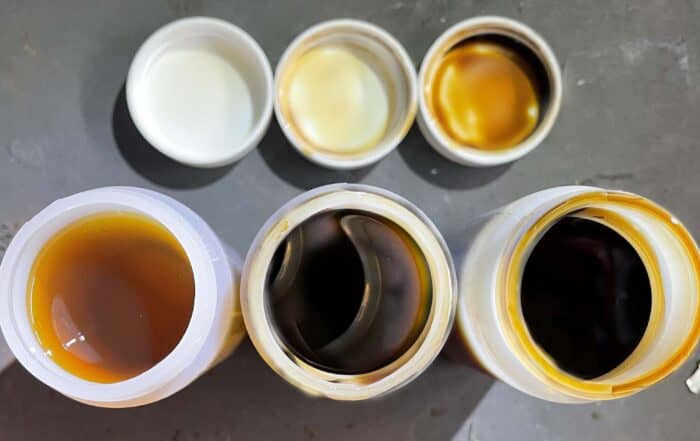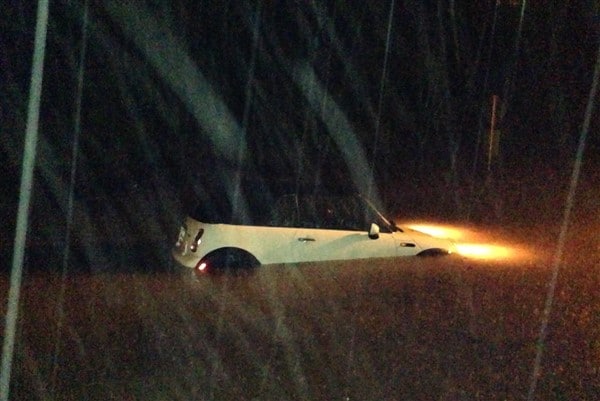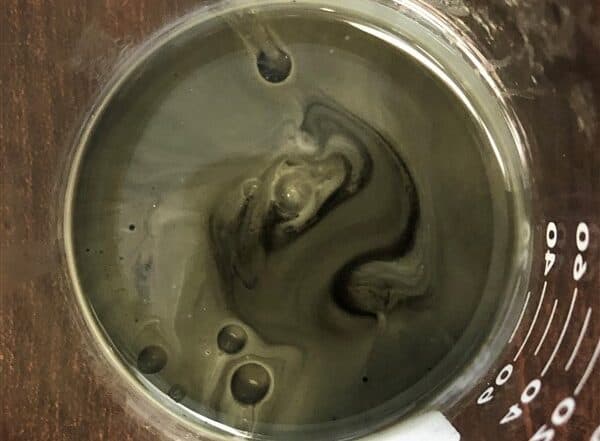What is a Flashpoint?
The flashpoint looks for fuel in the oil

We use the flashpoint test to determine how much fuel dilution is present in your oil. Technically speaking, the flashpoint is the lowest temperature at which a liquid will generate sufficient vapor to flash (ignite) when exposed to a source of ignition or fire. In other words, at what temperature do the vapors coming off your oil catch fire? For most gasoline oil samples, it’s around 380°F. For most diesel samples, it’s about 410°F.
Each brand/type of oil has an expected “should be” value for the flashpoint, and when the lab test results read lower than that value, it shows a contaminant in the oil. Most often that contaminant is fuel, though other things can affect the flashpoint too, such as solvents (like engine cleaner additives) or water. We calculate the amount of fuel present based on where the flashpoint is relative to the “should be” value and the volatility of the type of fuel you’re using in the engine. Alternative fuels like B20 can have a different impact on the flashpoint than standard fuels, so be sure to let us know if you’re using anything other than standard gas/diesel as fuel in your engine.
Based on the margin of error for the methodology we use for measuring the flashpoint, the lowest fuel dilution value you’ll see on one of our reports is <0.5%. That’s our way of essentially saying that no measurable fuel dilution was detected in the oil. If the flashpoint of your sample reads the same as the “should be” value, we’ll report a “TR” (or trace) of fuel dilution. In other words, it’s likely there was a very small amount of fuel dilution present, but not enough to quantify. After that, you’ll see fuel dilution reported as a percentage of the sample. The most fuel our test can accurately read is 10%. If you have more than that, we’ll report >10% (and you should head to a mechanic).
How much fuel is too much? It depends. We have different allowances for different types of engines based on their typical operational conditions, and we share those values in the “should be” column. If you’re constantly exceeding those values, you might consider the type of operation the engine sees just before sampling. Are you idling the engine to warm it up? Have you just been running errands around town? Is the dealer changing your oil (and starting your engine briefly to pull the vehicle onto a lift)? That type of operation can introduce a little fuel dilution into the oil and as such isn’t necessarily a concern. If the amount of fuel in the oil is consistently above 2.0-3.0%, or if it’s increasing from sample to sample, that might indicate a more serious problem.
A little fuel dilution – the type you’d get in your oil from operational factors — will cook out of the oil once the oil reaches operational temperature. If there’s a fuel dilution problem, though, you’ll see telltale signs: a rising oil level, high fuel dilution readings in testing, a strong fuel smell to the oil, and possibly low viscosity readings and increasing wear as well. The concern with excessive fuel dilution is that it dilutes and thins the oil, which might limit the oil’s ability to effectively protect and cool your engine.
Related articles
TBN/TAN: Do You Need One?
What exactly is a TBN or TAN, and do you really need one?
Sampling Methods
Does it matter how you take a sample?
The Renuzit Experiment
Is ZDDP really necessary?
The Lower Unit Blues
Water contamination in a marine lower unit









